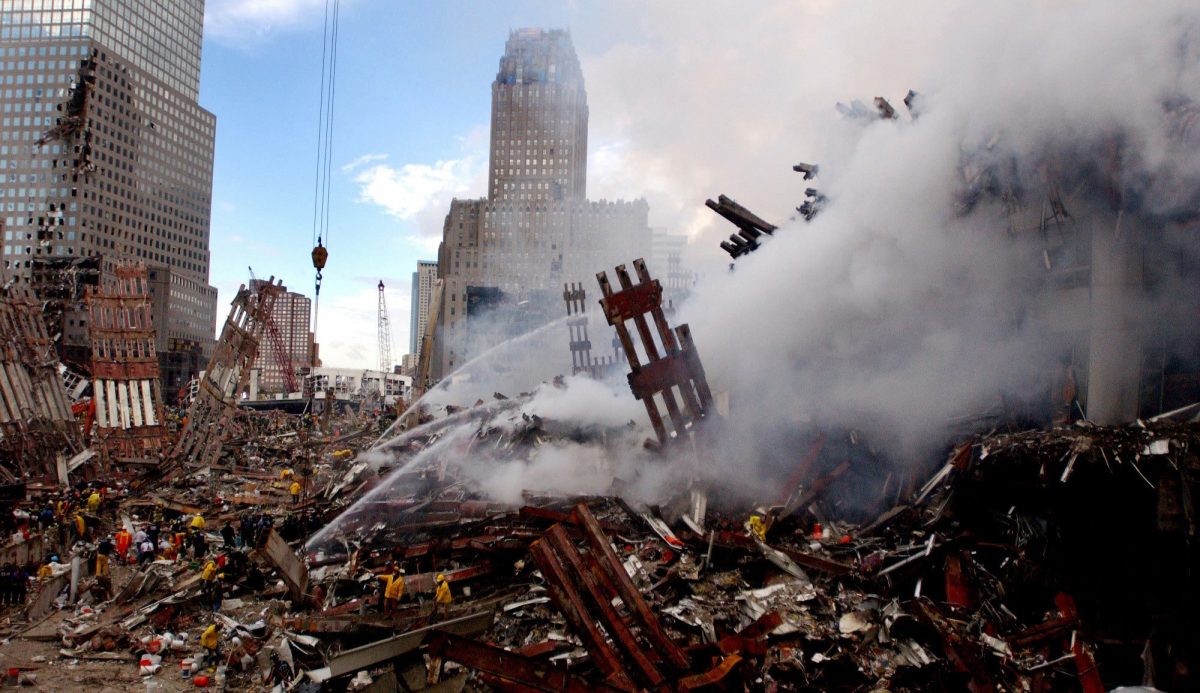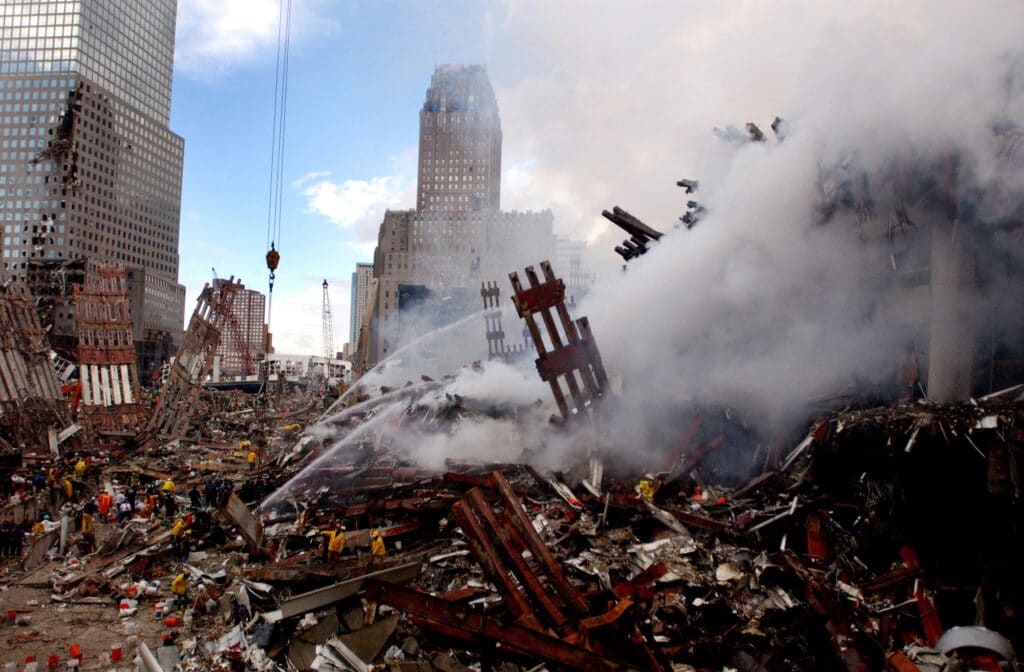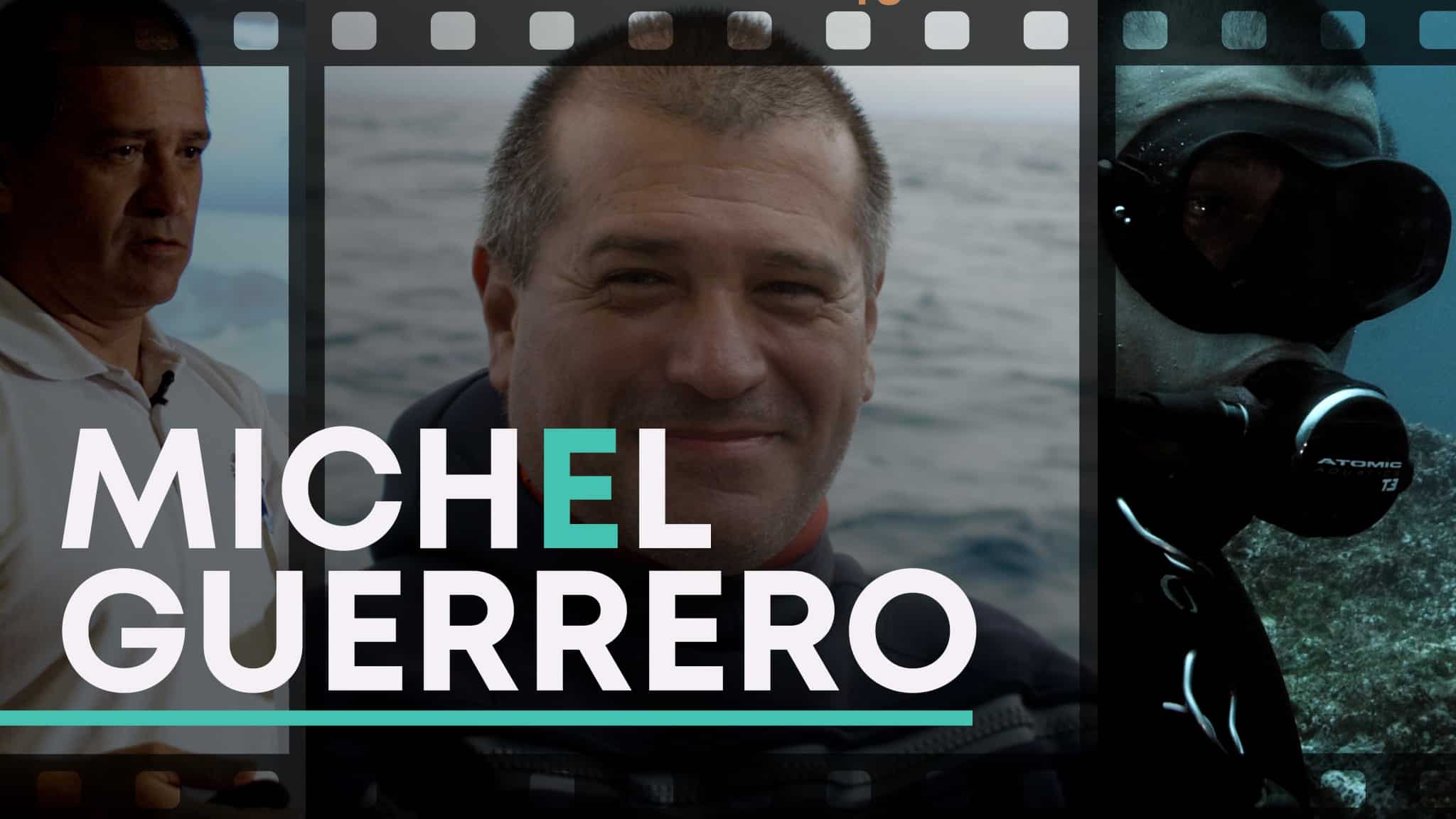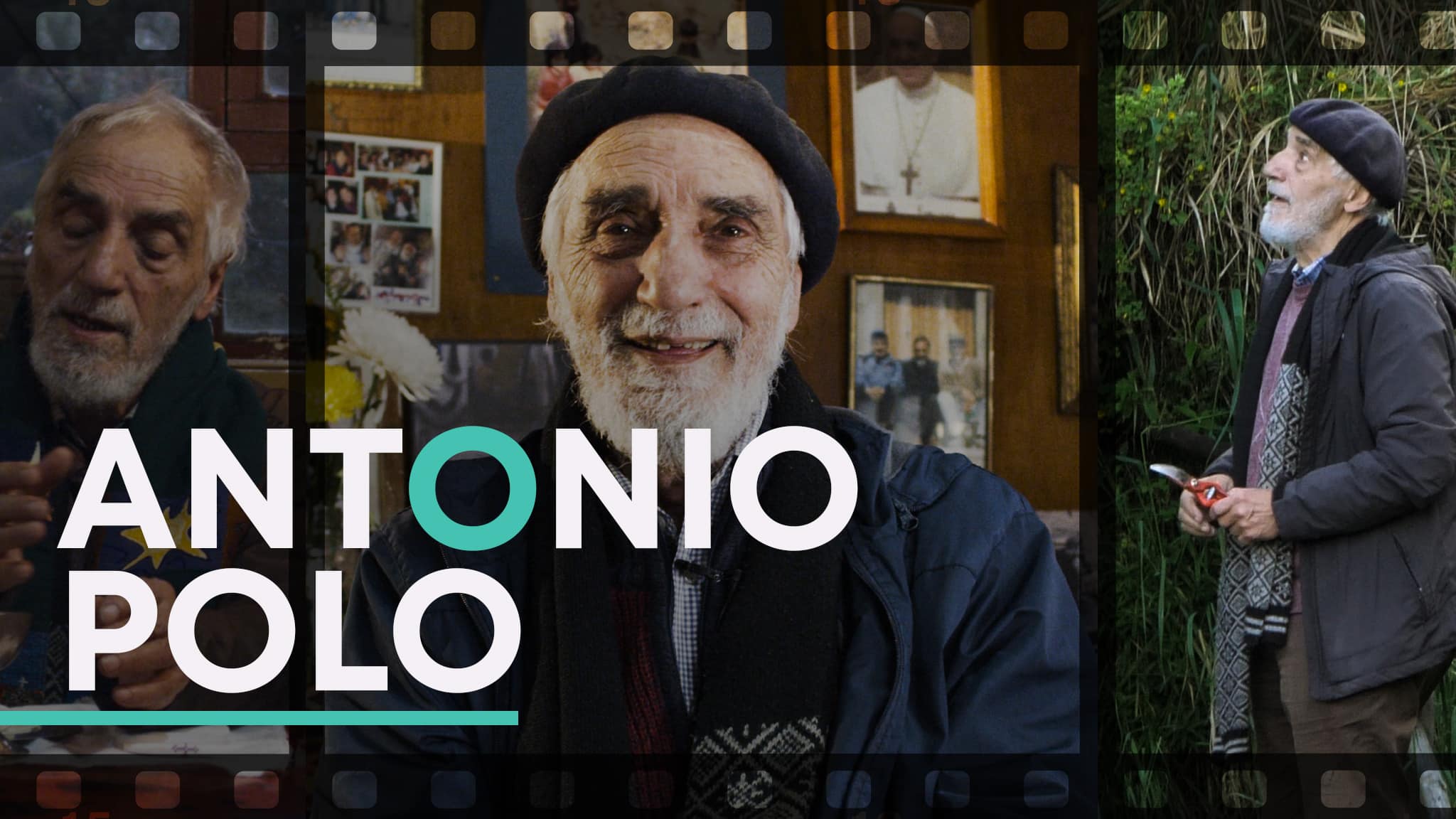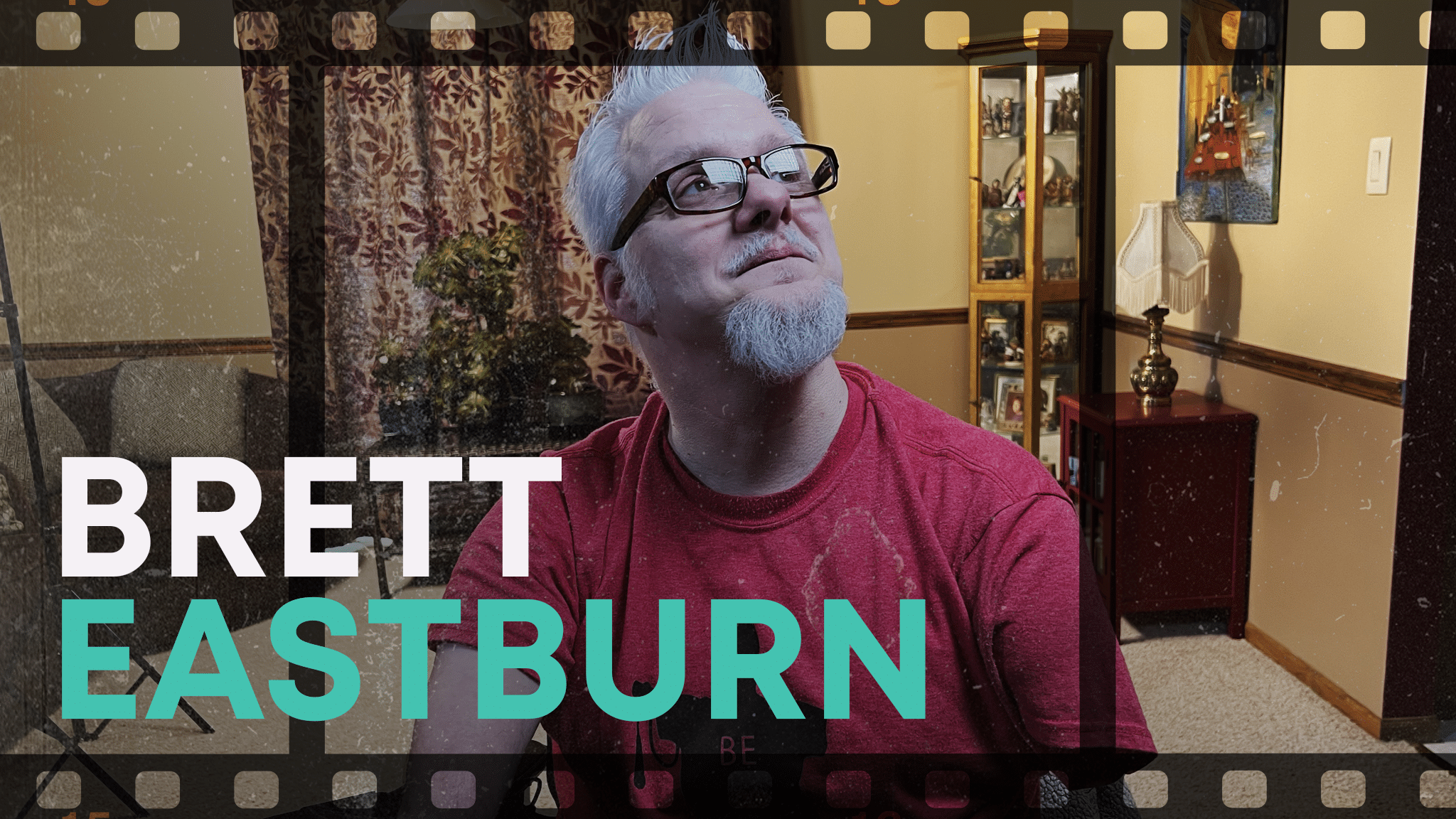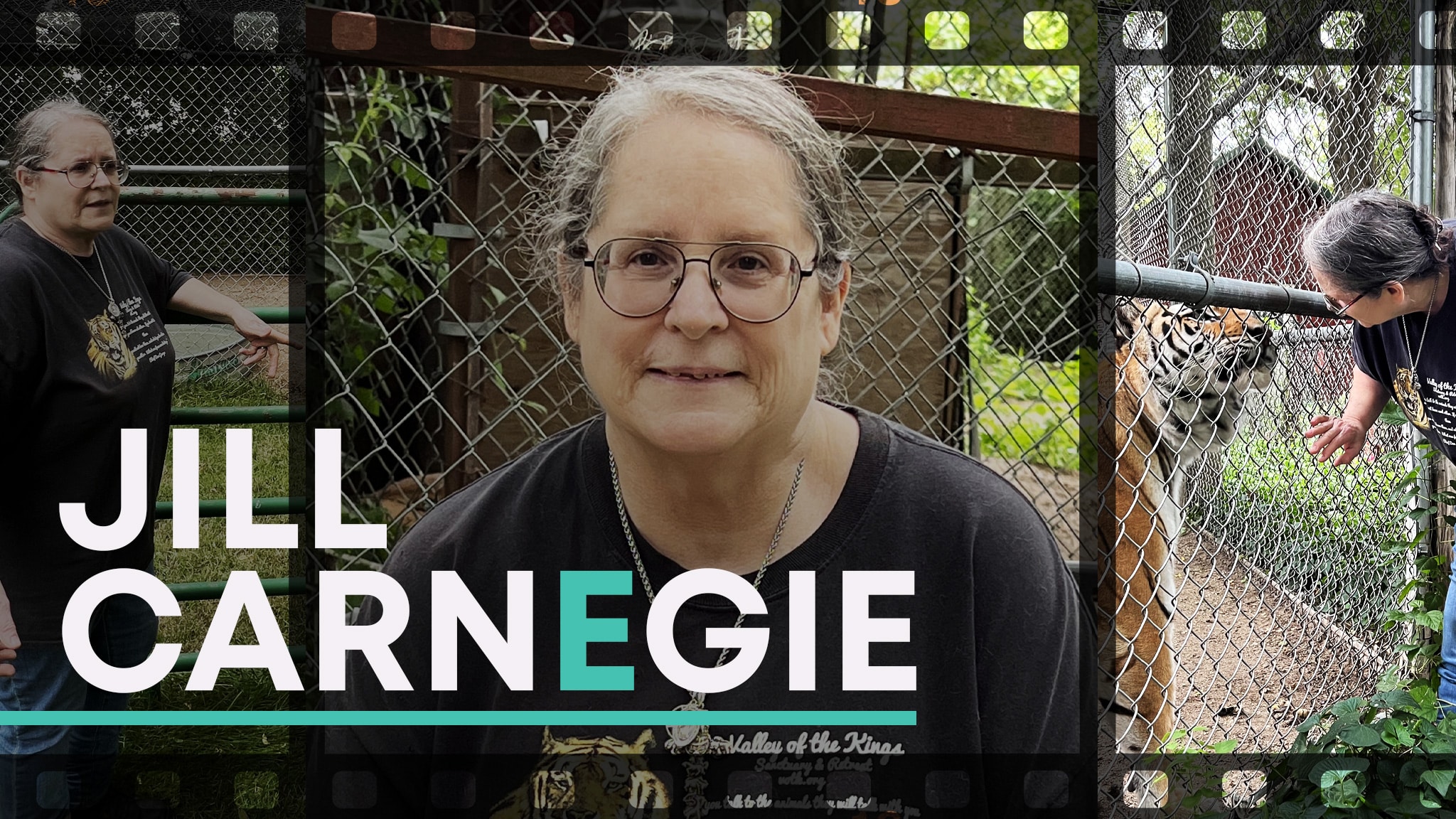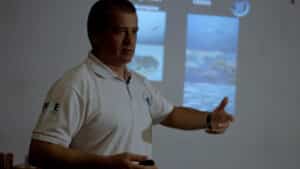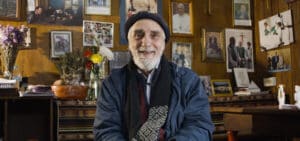A New Jersey man has triumphed over an extremely rare cancer that emerged after exposure to toxins following the 9/11 attacks.
Bond trader Gerard Vanderberg, then 47, was in pristine health back in 2001, was working in a building across from the Twin Towers.
Although he narrowly evaded becoming a victim of the attacks, he began experiencing health issues eight years later.
Initially attributing the pain in his side and knees to physical activity, Vanderberg sensed that something was amiss with his body and went to see his doctor.
Eventually, a plasmacytoma – a tumor of plasma cells – emerged on the outside his right lung and was visible through his skin.
For those who didny see this. She was the 9/11 survivor known as the 'Dust Lady,' but her name was Marcy Borders. She died a few yrs ago fr cancer most likely as a result of being exposed to a # of known carcinogens fr the debris & dust. Only 42. May she cont to rest in peace.🌹 pic.twitter.com/Pnc22GWZrA
— Maria Schell-Cannon (@schell50) September 11, 2021
In 2010, blood tests ordered by his doctor ultimately revealed a diagnosis of multiple myeloma, a form of cancer affecting the plasma cells.
Undeterred, Vanderberg resolved to confront the disease wholeheartedly, he told Fox News that “‘I’m gonna fight this as much as I can. I could have given up, but that’s just not who I am.'”
He joins the ranks of thousands diagnosed with a 9/11-related illness, attributed to the toxic materials lingering in the air near Ground Zero after the terrorist attacks.
Asbestos – a naturally occurring mineral employed in construction materials – is frequently implicated in these ailments.
On this day 22 years ago, 2,977 people were killed by terrorists in NYC
— Jeathro Abdul Jamyle 𝕏 (@TodayMakeTawbah) September 11, 2023
5,000 more have died from 9/11-related illnesses since.
As of today there is 27,000 people with a 9/11-certified cancer
#neverforget911🇺🇸 #Islam #September11 #Twintowers #WTC #NewYork🗽#NYFD pic.twitter.com/CdoJT1J8Fb
Vanderberg recalled that there was a substantial amount of “white dust,” enveloping every surface of his office, when he returned a few days after the attack. Little did he know then that the dust was, in fact, asbestos.
This carcinogenic substance was utilized in the World Trade Center to insulate and reinforce the steel beams within the towers, and was spewed into the air when they fell.
Under the care of his oncologist, Dr. David Siegel at Hackensack Meridian, Vanderberg underwent rigorous rounds of chemotherapy, radiation, and stem cell treatments, which propelled him into remission from the disease.
Nevertheless, he affirmed that “9/11 will always be a sad day in my life, a very emotional day.”
“I had a little bit of guilt at first. I didn’t apply for the Victims Compensation Fund right away because I felt like, well, I’m alive, and they’re dead,” he said about the fund created for people who lived or worked in the exposure zone.
The World Trade Center (WTC) Health Program was established by the James Zadroga 9/11 Health and Compensation Act of 2010.
Enrollment in the program by survivors has steadily increased from 16,575 in June 2018 to 39,540 in June of this year.


